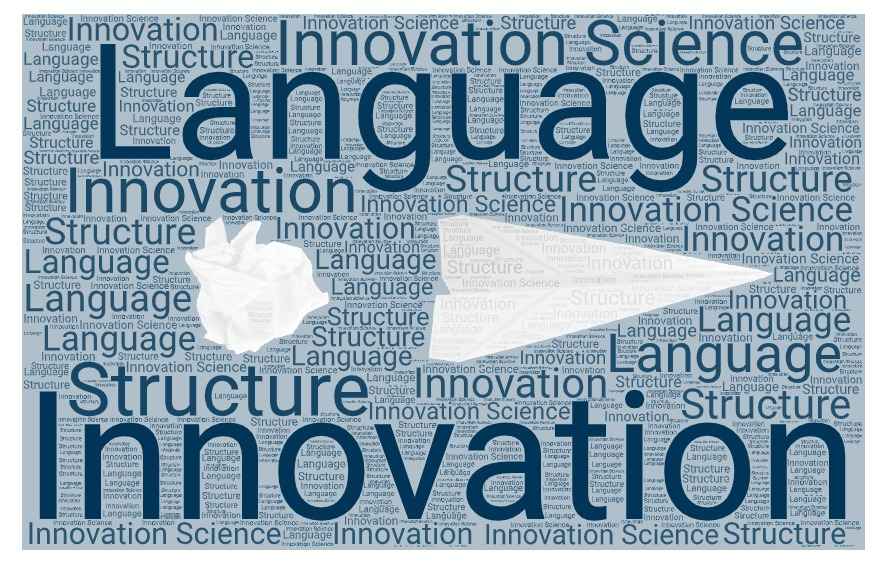Purpose-Context: A framework to systematize the front-end for repeatable Innovation

Automated tools augment structured thinking in the divergent-convergent thought process towards Innovation Science.
Innovation, a ubiquitous term in today’s world, so frequently uttered that it raises caution before use, lest one be accused of being labeled a buzz word presser. But think of it just slightly deeper and the questions pop almost instantly- Is innovation simply doing something differently? Is it doing something in a particular way? Does innovation simply happen? Is it more frequent in a supportive ecosystem? These important and significant questions have been the focus of research in the recent past, and specially so ever since we as a society have come to recognize our dependence on innovation to routinely happen for our well-being!
At the Purdue University Innovation Science Lab, our research group has been focused on studying Innovation Science- an emergent field that attempts to investigate the innovation phenomenon such that we can move beyond chance and serendipity to process and method, thereby moving from what innovation is to how we can innovate. We recognize the tremendous benefits of turning the innovation phenomenon into a systematic, measurable, and repeatable process, and the emerging field of Innovation Science inspires our pursuit. In that sense, the innovation process could benefit from learning by analogy. One such approach is learning from language, and this post is centered on it.
Language is the common medium of communication between us- innovators. Written language, sign language, even actions (think love languages) all allow us to express our thoughts and feelings, and communicate our needs and ideas. During ideation sessions and while brainstorming in groups, we’ve likely found ourselves initially lost, not knowing where to begin, then confused with several pathway possibilities, and finally struggling to make sense of a whiteboard full of ideas on a few hundred sticky notes. Yet, we see value in the ideation process as it, more often than not, serves as a nebula of innovative concepts. Importantly, it is mediated by language, and interestingly, most languages are structured constructs. Termed the grammar or syntax, the structure of language allows for it to be logically learned by large collections of agents (humans, computer programs, hybrid and multi-agent systems). In a paper recently published by our group, we attempt to learn analogously from the English language syntax for application in the front-end i.e., the problem-specification phase of the innovation process.
Purpose-Context
Breaking down innovation into a simplistic act – “develop a solution to a problem”, we quickly realize that the quality of our solutions depend wholly on the manner and clarity with which we define the problem. In design terminology these are referred to as the problem space and the solution space. Therefore, the more specifically we define the problem space i.e., by adding nuanced knowledge of the world in which the problem exists, the higher is the resolution of the solution space we can generate. We think of this as the combination of a purpose (to be achieved) within a context (the constrained environment). Thus, a purpose-context pair is a problem-solution couple. Purpose-contexts are linked to the first phase of the innovation process i.e., the ideation stage. The purpose-context framing is useful because it is applicable across units of analysis for innovation. As we describe in the paper, the purpose-context framework has been applied to new product innovation, process innovation, business model innovation, technical innovation, and even in multi-stakeholder complex socio-technical challenges.
Language helps us in breaking down purposes as an ACTION-PROPERTY modifier or simply a DO-THIS phrase, and contexts as a LOCATION or CONSTRAINT specifier or simply HERE. For example, while brainstorming for new product ideas, we may locate a market gap or an innovation opportunity in solving the problems of “unworkable shop floors.” A potential product can be thought of as being useful in removing stickiness from a shop floor. Here, the purpose of “removing stickiness” is the combination of an action TO REMOVE and a property STICKINESS, and the context specifies the location and its constraints A SHOP FLOOR. This simplistic example illustrates an important aspect of front-end innovation – the breaking down of gaps, opportunities, or capabilities into nuanced word constructs that lead to substitutable and analogical connections. For instance, “sticky” can be substituted by another material property (slippery), which may require a completely different technical capability to reach a solution (and thereby a marketable product).
Syntactical structure enables us to programmatically derive purpose-contexts- combinatorially working bottom-up and/or working top-down via extraction from a given text. In the paper, we demonstrate both methods along with illustrations of use in real-life innovations. Mapping purposes to contexts generates purpose-context matrices, that are analyzed to form an ordered set of well-specified problem spaces, which can be grouped to recognize targeted development opportunities, make resource allocation decisions, and articulate innovation strategy.
About the Author:
Ananya Sheth is a Doctoral Candidate at the Innovation Science Laboratory of Purdue University. Ananya is currently working on a National Science Foundation supported project focused on understanding enterprise risks as complex networks.